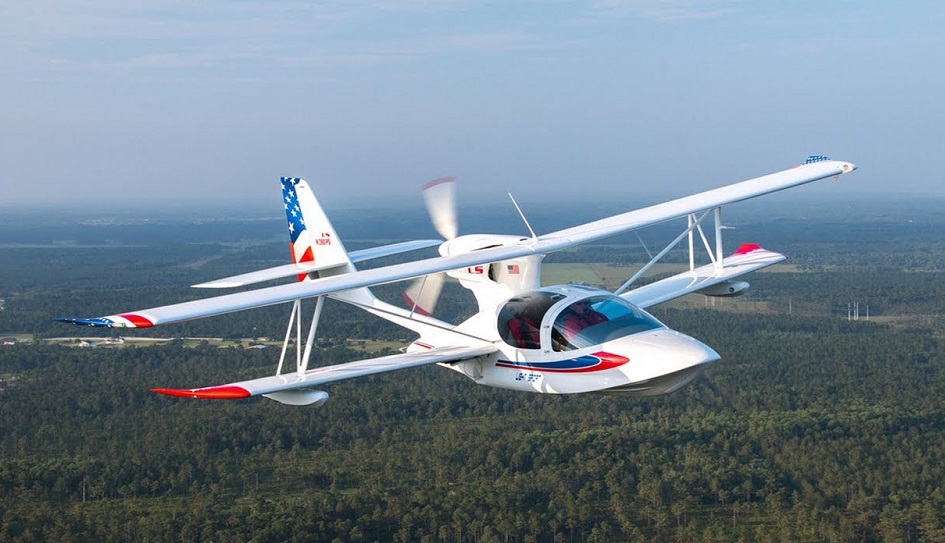You hear about it whenever you get around a bunch of flip-flop and shorts clad pilots. I’m talking about the splash and dash seaplane smile. They have figured out the most fun you can have with an airplane. That does, of course, depend on where you live and fly.
All states, Canada and the Bahamas are accessible and open (check current pandemic restrictions) to some extent for seaplane activity. But some places make more sense for seaplane operations than others. New Mexico and Wyoming, for example, are a little short of navigable waterways open to seaplanes. Whereas a number of areas are absolute nirvana for the wet-set. Minnesota, Maine, New York, New Hampshire, Louisiana, Washington, Florida and Alaska, are just some of the places. You can find seaplanes of all descriptions exploring, delivering, rescuing and instructing, and of course, generating smiles.
I’ve been flying for 51 years, seaplanes for 49 of those. As much as I love all aspects of aviation and aviating, nothing tops the experience of flying a seaplane. The remote stretches of water and being able to slide into a pristine lake, river or bay. For camping, fishing, sightseeing or just relaxing, and that’s just the fun side.
There’s a whole other world of commercial seaplane flying serving everything from disaster relief in the Bahamas to medical flights. This includes otherwise inaccessible locations like the Amazon River, offshore oil rigs and supplies to hunting and fishing camps. And even to the Skyports Seaplane Base in Lower Manhattan. I want to say thank you Tropic Ocean Airways and to the Seaplane Pilots Association (SPA) members and staff.

Super Petrel LS
The amphibious aircraft, the best of both worlds, is as comfortable on land as it is on water. These range from the Catalina PBY, Classic Grumman flying boats and includes the more common planes. Names like the Cessna’s, Pipers, Huskies, Maule’s and De Havilland’s on amphibious floats. Then there is the Light Sport world of Icon A5, Super Petrel LS, Sea Rey, Sea Max and MVP. The Light Sport movement has opened a new door to general aviation. These offer pilots a very capable and versatile aircraft that are easy to fly, maintain, and buy. If you’re planning to operate in saltwater, the composite construction of a few of these Light Sport aircraft makes the most sense.
To legally operate a seaplane requires a SES or MES rating. The best place to explore these options is through the SPA. Their “Water Landing Directory” is the digital knowledge book for the get-wet crowd. The directory contains the bodies of water open for seaplanes, seaplane bases and water-accessible fuel options. It also includes flight training facilities and upcoming events in the seaplane world. Their “Water Landing Directory” App is included with a Seaplane Pilots Association membership.

